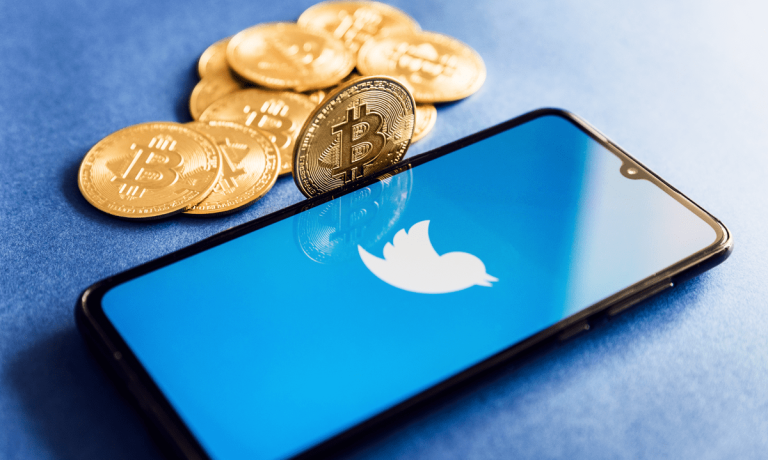Musk’s Twitter-as-Payments-App Narrative Gains Steam

There’s a growing narrative that Tesla CEO Elon Musk isn’t just planning to make payments a key part of his plans to remake Twitter, but that he bought the social media giant as part of a plan to remake payments.
It’s a story that’s been pushed in a number of mainstream news outlets like Fortune, Barrons and the New York Times. To a certain extent it’s based on Musk’s background as a part of the PayPal Mafia, partly on his comments about plans for the company — such as remaking Twitter into a super app modeled of China’s WeChat, which is a payments powerhouse — and partly because it’s the only real way he’ll be able to boost revenue as much as he’s said he plans to while knocking ad revenue down under 50%.
Aside from its implications for Twitter, having Musk effectively saying that crypto payments can be a part of a move to make the social media firm into a payments powerhouse will bring the industry segment the kind of instant credibility few business leaders can bring.
While the investor pitch deck the Times got a hold of back in May focused on subscriptions providing $10 billion compared to advertising’s $12 billion, it mentioned a very modest goal of $15 million in payments-based revenue in 2023. But, it also saw that growing to $1.3 billion by 2028, making payments seems like a big focus.
Particularly if he succeeds in taking Twitter the WeChat route, as the Tencent-owned app, along with Alibaba’s AliPay, controls more than 90% of the country’s digital payments app.
Discussing such an all-in-one app, he said, “Where you sort of have a high trust situation, then payments, whether it’s crypto or fiat, can make a lot of sense.”
Barron’s, for its part, glommed onto the numbers — Musk said he wants to quintuple revenue and users by 2028, and paying $20 a month for a blue verification checkmark just won’t cut it.
More than a little attention has been paid to PayPal alum David Sacks apparent role as an official Musk Twitter adviser.
Disintermediating ACH
There are few people as well-connected or respected in the crypto community as Custodia Bank’s CEO, Caitlin Long. A former Morgan Stanley banker, Long pushed her home state of Wyoming into building one of the first comprehensive crypto regulatory regimes in the country, and is currently suing the Federal Reserve over the two-year delay in ruling on Custodia’s Fed master account application.
“He’s been trying to disintermediate ACH his whole career,” Long told Fortune Monday (Oct. 31), referring to the bank-owned Automated Clearing House.
She predicted that a payments industry reimagination is in Musk’s sights with the Twitter purchase.
Stablecoins or Dogecoin
Long added that she sees the Twitter move as what Fortune called “a reincarnation of Libra,” Meta’s global stablecoin project that terrified central bankers and kicked off the central bank digital currency (CBDC) movement now being at least investigated by some 100 countries.
Binance’s $500 million investment in the Twitter buyout certainly fits that story. CEO Changpeng “CZ” Zhao, who runs what is far and away the largest global cryptocurrency exchange, jumped aggressively into stablecoins in the last few years, powering Binance USD from a market capitalization of under a half billion dollars two years ago to $7.3 billion now, making it the seventh-largest cryptocurrency.
That puts it one place ahead of No. 8 dogecoin, whose value has more than doubled in the past week.
The coin Musk effectively turned from a created-as-a-joke memecoin to a serious cryptocurrency supported by other crypto payments processors. Last December, Musk told Time Magazine in his Person of the Year profile that he thought dogecoin was a better payments token than Bitcoin.
In the past, he’s also pushed to get dogecoin’s transaction fees lowered to strengthen the payments use case.
Super important for Doge fees to drop to make things like buying movie tix viable
— Elon Musk (@elonmusk) September 22, 2021
And, Twitter has already made some strides on the crypto payments front. In April, it signed on as crypto payments processor Stripe’s first Stripe Connect customer, using the USD Coin (USDC) stablecoin to begin with.
Where it’s going from there is anyone’s guess, but at the moment, payments are being viewed as a bigger and bigger part of the company’s future.
For all PYMNTS crypto coverage, subscribe to the daily Crypto Newsletter.